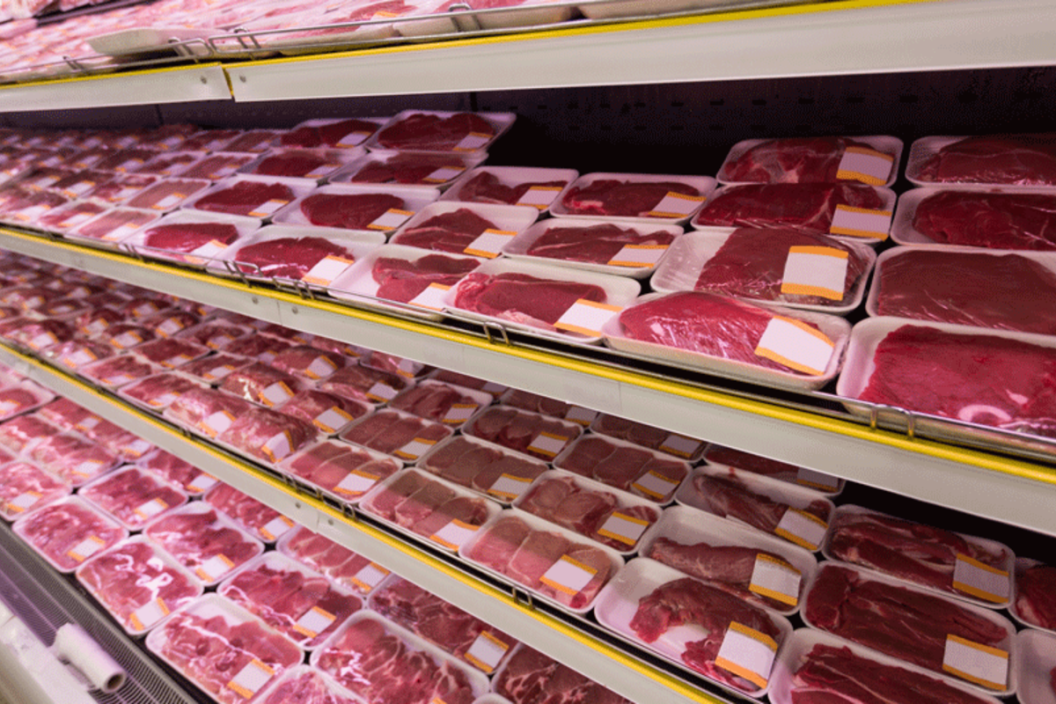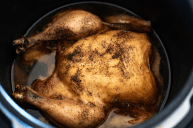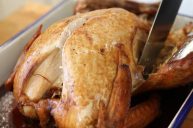Does it really matter if you defrost meat on the counter or in the refrigerator or any other method? The short answer is yes. The long answer? It absolutely matters; countertop meat defrosting presents serious health risks and food safety issues, per the United States Department of Agriculture (USDA). According to health experts, frozen foods remain safe indefinitely in their frozen state. However, during the thawing process, meat passes through what the USDA identifies as the "danger zone", temperatures ranging from 40 - 140 °F, where food poisoning can become a concern.
At these temperatures, any bacteria present before freezing could come back to life and begin to multiply. So does your thawing method matter? If you care about harmful bacteria, it does. That's why USDA advises that meats never remain at room temperature for more than two hours. Keeping the meat, (whether it be ground beef, stew meat, or pork chops) at a constant temperature is important, and when leaving on the counter, your defrosting ground meat or boneless chicken breasts are at the whim of your home's fluctuating temperatures. The department also warns us of defrosting meat in hot water, which runs the same risks as the countertop method.
How To Defrost Frozen Beef, Chicken, Fish, and Other Meats Safely
With the countertop method out of the way, here are three ways you can thaw food safely.
The Refrigerator Method
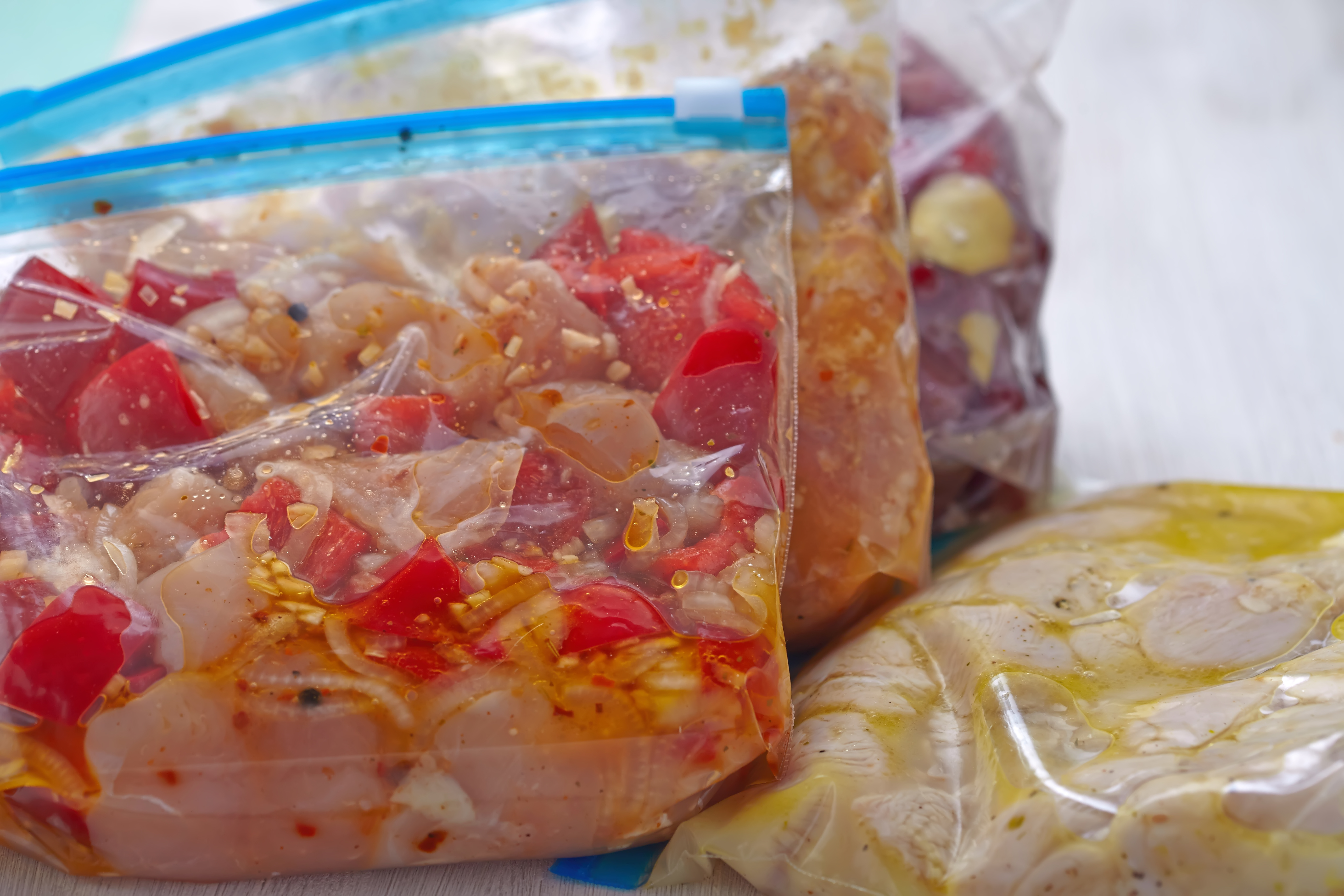
The safest, most convenient, and easiest method to defrost meat is to remove it from the freezer, place it in the refrigerator, and let it sit overnight. While the slowest, refrigerator thawing is the safest method. Also, the gradual process means your meat will thaw the most evenly this way, ensuring a delicious uniform taste.
Place in a large bowl to prevent a wet mess in your refrigerator while you're safe-defrosting that fresh meat for a delicious weeknight dinner. Don't rush this process, or else you'll lose all the benefits of the safest way to thaw meat.
The Cold Water Method
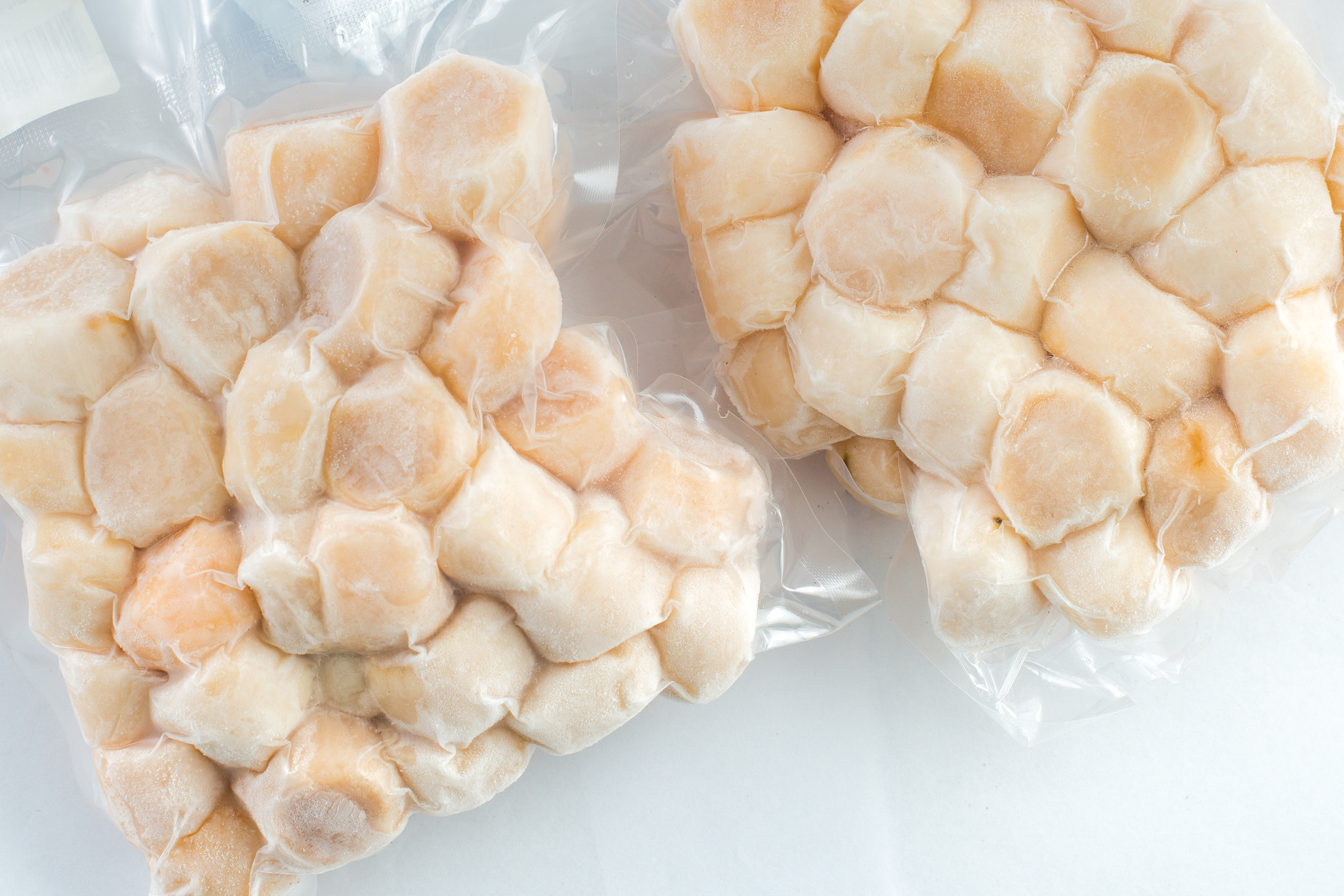
The running cold water method offers a speedier solution than the refrigerator if you need dinner in a pinch. Here's how to defrost your meat in cold water.
Seal. First, ensure your frozen meat is in a leakproof plastic bag. You should swap the original packaging for a sealable ziplock bag just to be safe. Don't stuff larger cuts of meat into small packages, instead use the appropriate size bag.
Submerge. Next, submerge your sealed bag in a bowl of a cold tap water. Run the tap on a cold drizzle over the bowl to keep the water flowing. Defrosting could take anywhere from 30 minutes to several hours depending on size.
Cook. After defrosting, meat should be cooked be immediately.
The Microwave Method
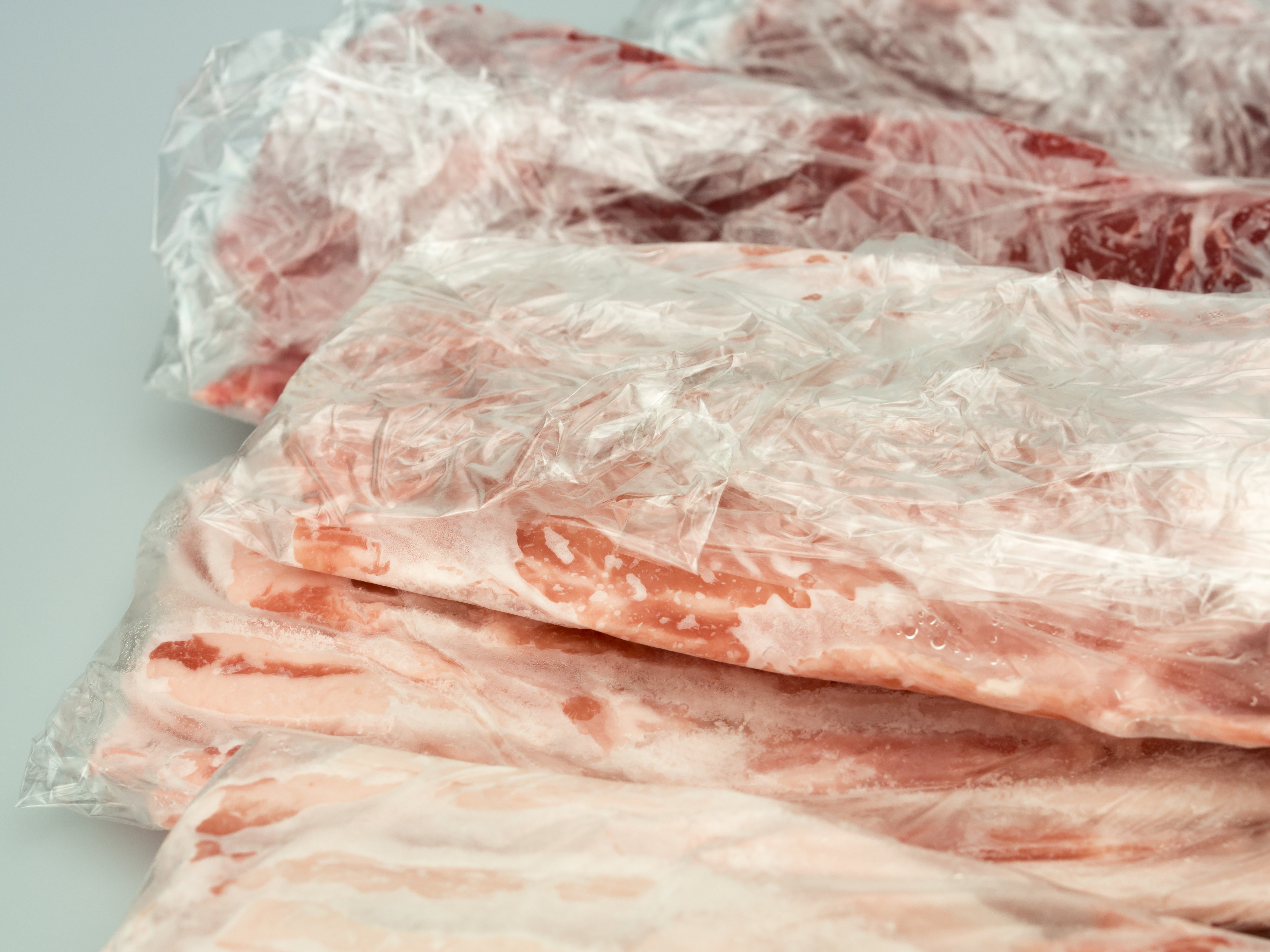
While the fastest and most convenient option for defrosting meat might seem like the microwave, experts don't recommend the microwave from a food safety standpoint. For instance, try fitting that whole turkey in there. Of all the defrosting methods, only microwaving cooks your meat as it thaws, which can result in an unevenly cooked final product.
This also means microwaving defrosting risks putting meat in the danger zone. The machine cooks meat at a temperature and rate that can allow bacteria to grow rapidly. If your microwave has a defrost setting, you can give it a go for small cuts of meat. For this reason, meat defrosted by the microwave thawing method must be cooked immediately.
